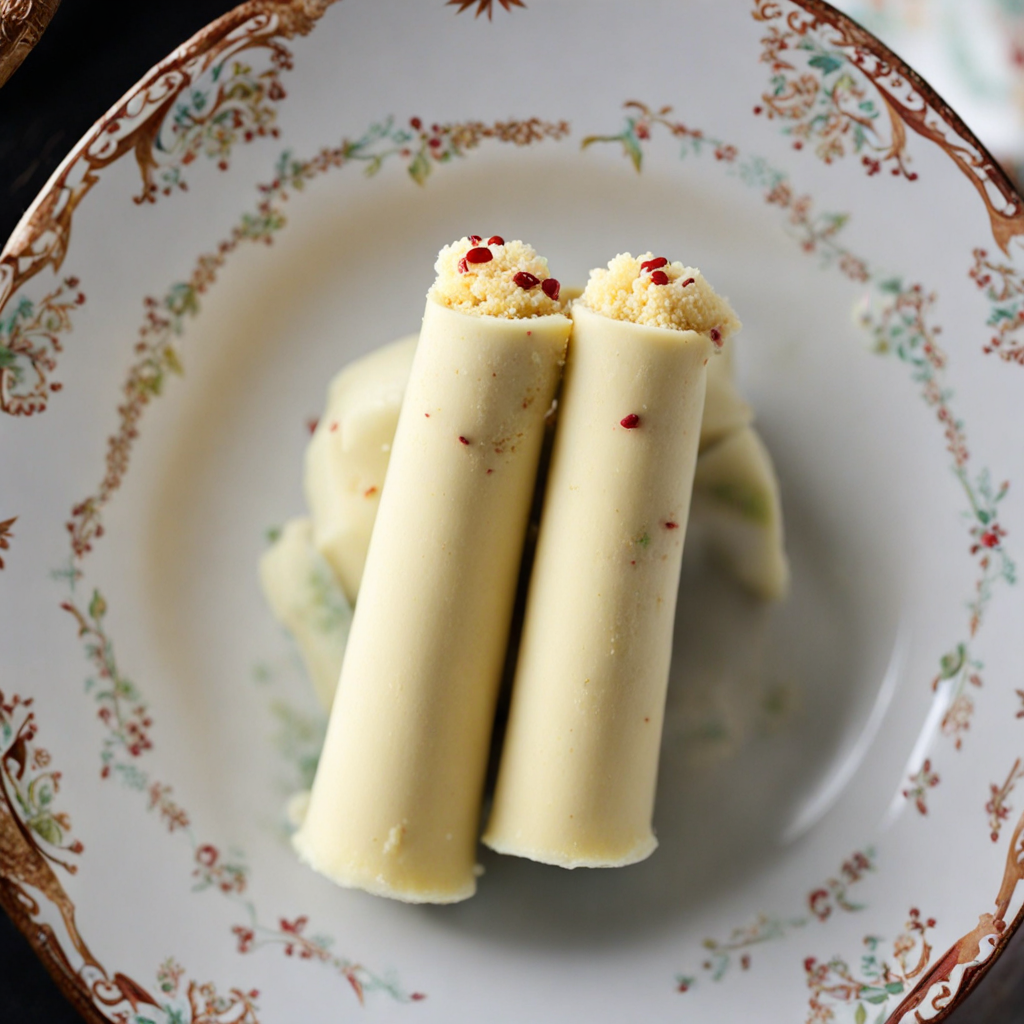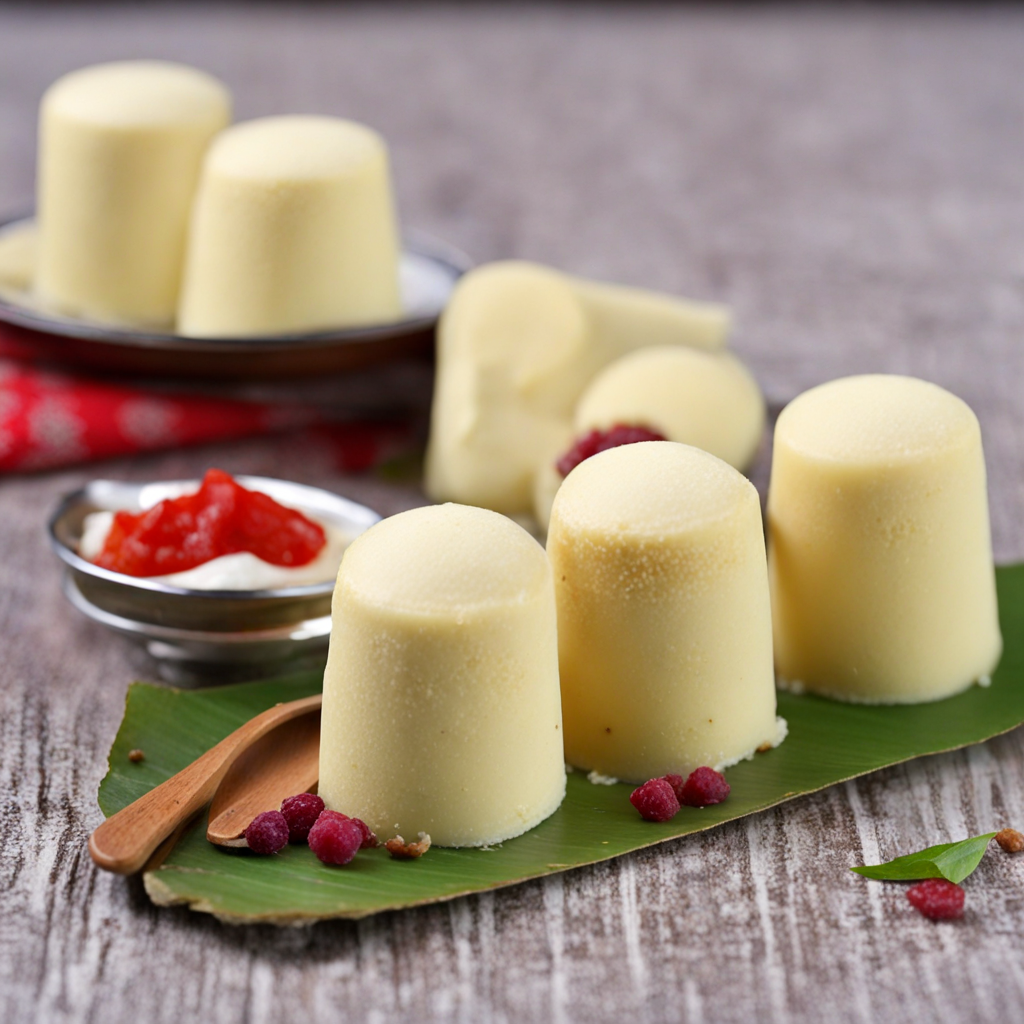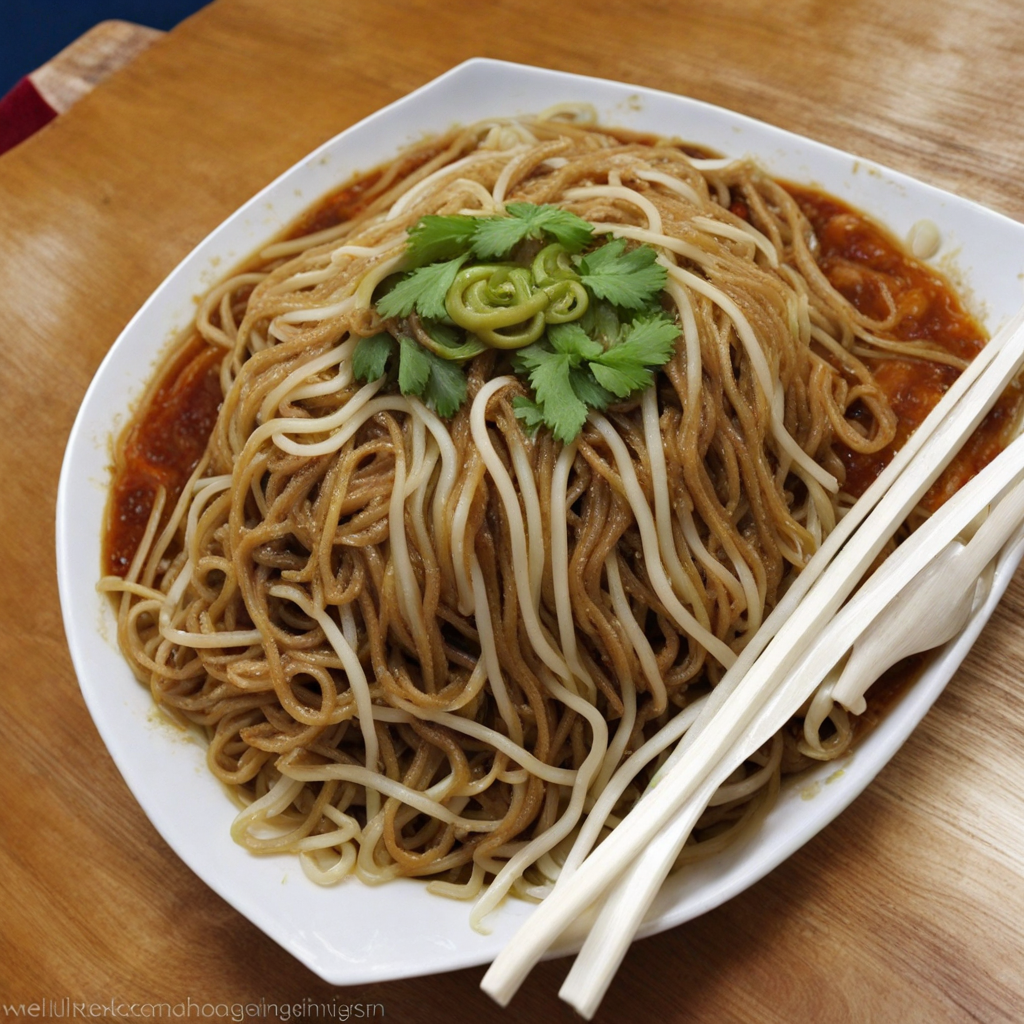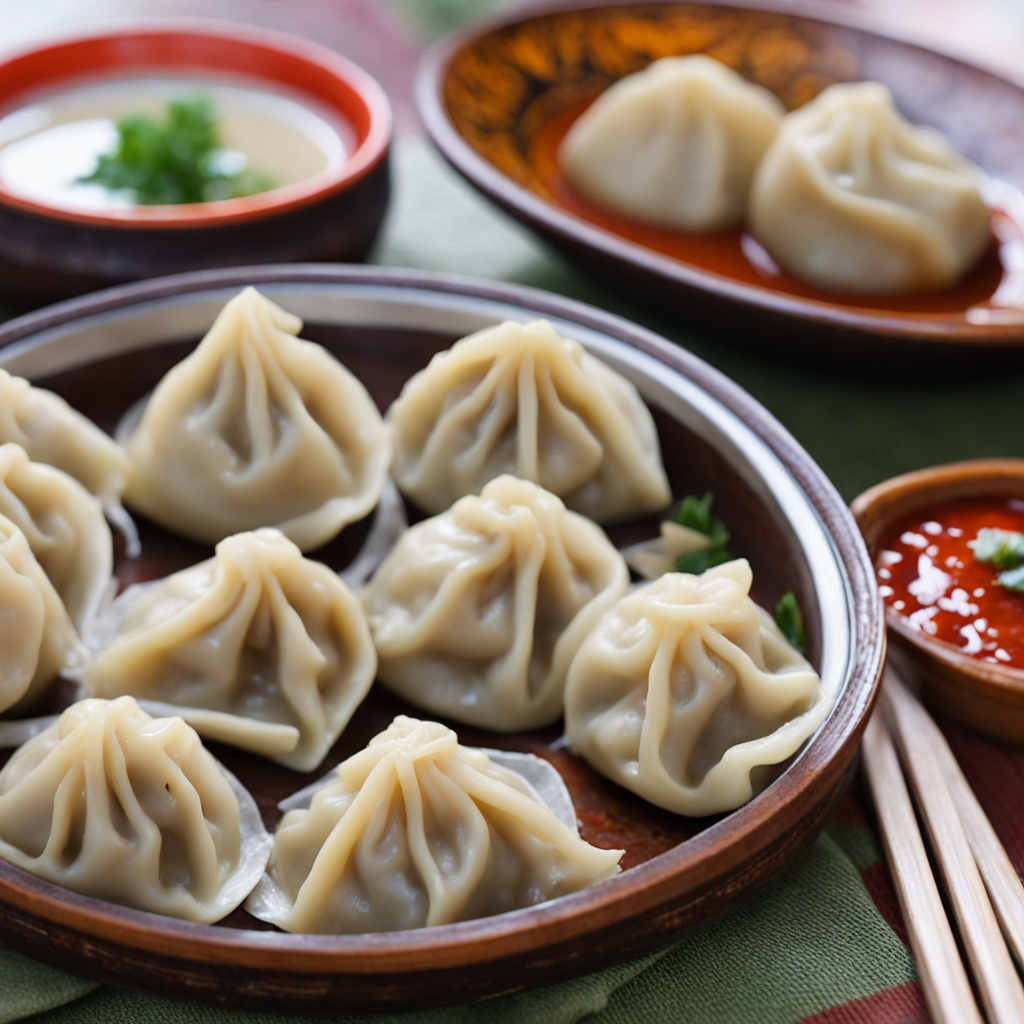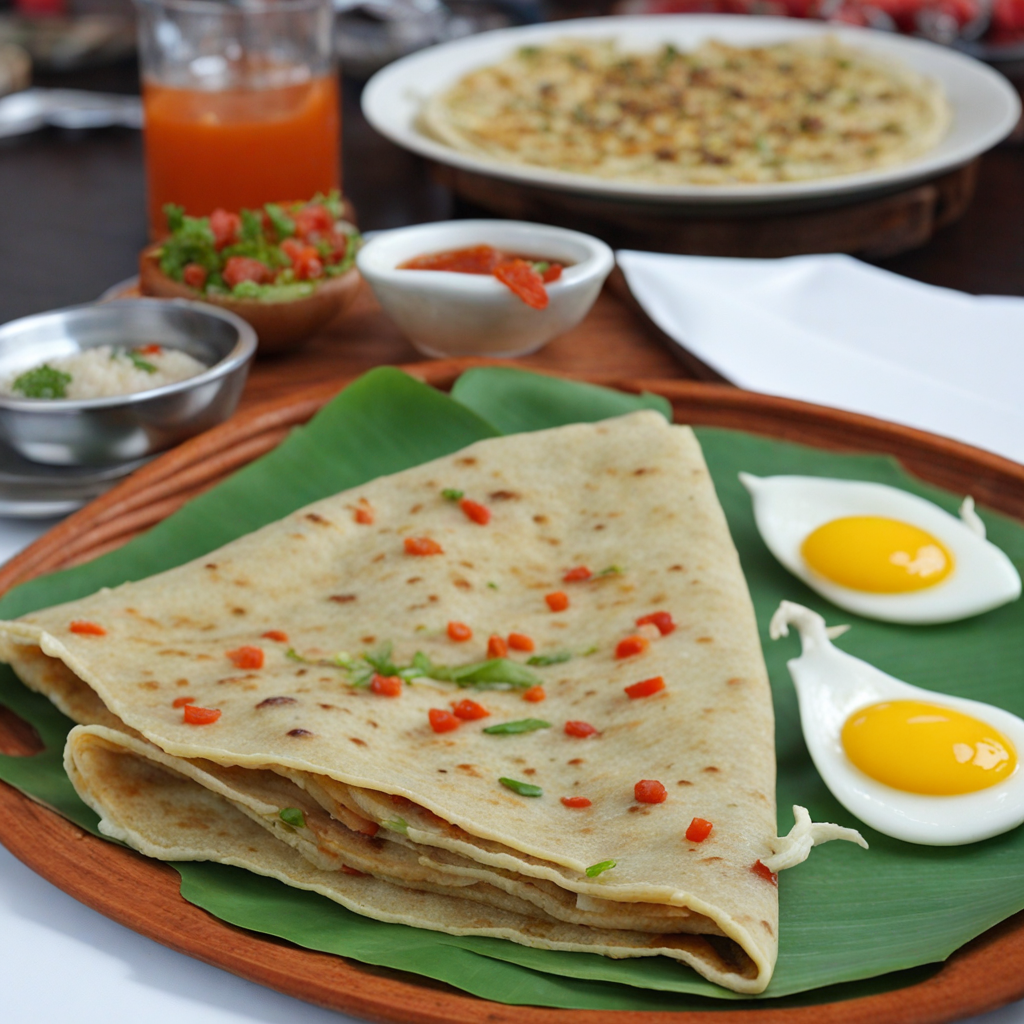Kulfi
Kulfi is a beloved frozen dessert that hails from the Indian subcontinent, and while it is popular in many neighboring countries, its unique variations can be found in Nepal. This creamy treat is similar to ice cream but denser and richer, typically made from full-fat milk that is slowly simmered to enhance its flavor. The milk is then sweetened with sugar and infused with aromatic spices, often including cardamom, saffron, and sometimes even rose water, which lends a floral note to the dessert. The result is a luxurious, silky texture that melts in your mouth, transporting you to the vibrant streets of Nepal with every bite. One of the most delightful aspects of Nepali kulfi is the variety of flavors that can be found. Traditional options include classic pistachio and mango, but adventurous food lovers may encounter unique local variations such as lychee, coconut, or even the distinctive taste of thikali, a local fruit. Each flavor is thoughtfully crafted, showcasing the region's agricultural bounty and culinary heritage. The kulfi is typically molded into conical shapes and served on a stick, making it a popular choice for street vendors who cater to both locals and tourists looking to cool off in the warm weather. Served at festivals, celebrations, or simply enjoyed on a hot day, kulfi embodies the spirit of indulgence and joy in Nepali culture. It’s often paired with a sprinkle of crushed nuts or a drizzle of sweet syrup, elevating the experience even further. As you savor this delightful dessert, you not only taste the rich, creamy goodness but also partake in a tradition that has been cherished for generations, connecting you to the heart and soul of Nepalese culinary artistry.
How It Became This Dish
The Sweet Journey of कुल्फी: A Historical Perspective Origins of कुल्फी कुल्फी (Kulfī) is a delightful frozen dessert that has captured the hearts and taste buds of many, not just in Nepal but across the Indian subcontinent. The origins of kulfi can be traced back to the Mughal era in the Indian subcontinent, particularly during the 16th century. As the Mughals, who were known for their love of luxury and refinement, established their empire, they brought with them a rich tapestry of culinary traditions, which included various sweets and frozen desserts. The word ‘kulfi’ is believed to have derived from the Persian word ‘qālfī’, which refers to a type of ice cream. This suggests a fusion of culinary practices, where the cold, creamy dessert was influenced by Persian cooking methods and the Indian climate. In its early forms, kulfi was made by slowly simmering milk and then freezing it in molds. The traditional preparation involved adding flavors such as saffron, cardamom, and various nuts, creating a rich and aromatic dessert. Cultural Significance In Nepal, kulfi is more than just a dessert; it is a cultural emblem that resonates with the country's diverse heritage. The preparation and consumption of kulfi often accompany festivals, family gatherings, and celebrations. It is a staple at weddings, and its rich flavors symbolize prosperity and joy. In the broader South Asian context, kulfi has been a popular street food, enjoyed by people from all walks of life. Vendors known as ‘kulfi wallahs’ can be seen pushing carts adorned with colorful molds filled with ice and kulfi mixtures, offering this refreshing treat during the sweltering summer months. The act of enjoying kulfi is communal, often shared among friends and family, reinforcing social bonds. In Nepal, kulfi also carries regional variations that reflect the diverse cultural and ethnic landscape of the country. The Newars, for instance, have their own rendition of kulfi called ‘dahi’, which is often garnished with fruits and nuts, further enriching its flavors and textures. This adaptability of kulfi speaks to its significance as a versatile dessert capable of transcending cultural boundaries. Development Over Time Over the centuries, kulfi has undergone a fascinating evolution. Initially, its preparation was labor-intensive, requiring hours of simmering milk and meticulous freezing techniques. However, with the advent of refrigeration and modern culinary equipment in the 20th century, the process became more streamlined. This technological advancement allowed for mass production and availability of kulfi, making it accessible to a broader audience. In contemporary Nepal, kulfi has been embraced by various culinary innovators who experiment with flavors and presentations. While traditional flavors such as pistachio, cardamom, and saffron remain popular, new variations have emerged. Today, one can find kulfi infused with mango, chocolate, coffee, and even exotic fruits like lychee and rambutan. This creative expansion showcases the adaptability of kulfi, allowing it to appeal to modern palates while retaining its traditional essence. Furthermore, the rise of health-conscious eating habits has led to the introduction of lighter versions of kulfi, which use less sugar and incorporate ingredients like coconut milk or almond milk. These modern twists cater to changing dietary preferences while keeping the spirit of kulfi alive. Regional Variations and Global Influence As kulfi spread beyond its regional roots, it absorbed influences from various cultures. In countries with large South Asian diasporas, such as the United States, the United Kingdom, and Canada, kulfi has found its place in multicultural culinary landscapes. Indian and Nepali restaurants often feature kulfi on their dessert menus, introducing it to new audiences who have embraced its unique taste and texture. In Nepal, kulfi is often paired with other traditional sweets, creating a delightful assortment of flavors. The dessert is frequently served with ‘jalebi’ (a sweet, crispy, spiral-shaped treat) or ‘barfi’ (a milk-based sweet), enhancing the overall culinary experience. This combination highlights the importance of kulfi as a dessert that complements other traditional foods, serving as a bridge between various culinary traditions. Symbol of Change and Modernization The journey of kulfi is also reflective of broader societal changes in Nepal. As the nation modernizes and urbanizes, culinary traditions are being re-evaluated and reimagined. The rise of artisanal ice cream shops and gourmet dessert boutiques has given kulfi a place of honor within the contemporary dessert scene. Chefs are experimenting with fusion desserts, incorporating global flavors and techniques while paying homage to the traditional roots of kulfi. In recent years, the popularity of kulfi has surged among younger generations, who are eager to explore and celebrate their culinary heritage. Social media platforms have played a significant role in this resurgence, allowing food enthusiasts to share photos and recipes, thus promoting the cultural significance of kulfi. This digital era has transformed kulfi from a traditional dessert to a trendy delicacy, inspiring a new wave of culinary exploration. Conclusion The history of कुल्फी in Nepal is a rich narrative that intertwines cultural significance, culinary evolution, and social connection. From its Mughal origins to its status as a beloved street food and a modern dessert, kulfi embodies the spirit of celebration and togetherness. As it continues to evolve and adapt to changing tastes and influences, kulfi remains a sweet reminder of the shared heritage that binds people together, transcending geographical and cultural boundaries. In a world that often moves too fast, the act of enjoying kulfi is a moment to savor – a moment where tradition, innovation, and community come together in perfect harmony. As we indulge in this frozen delight, we partake in a culinary journey that is as rich and diverse as the cultures it represents, ensuring that kulfi will continue to be cherished for generations to come.
You may like
Discover local flavors from Nepal


